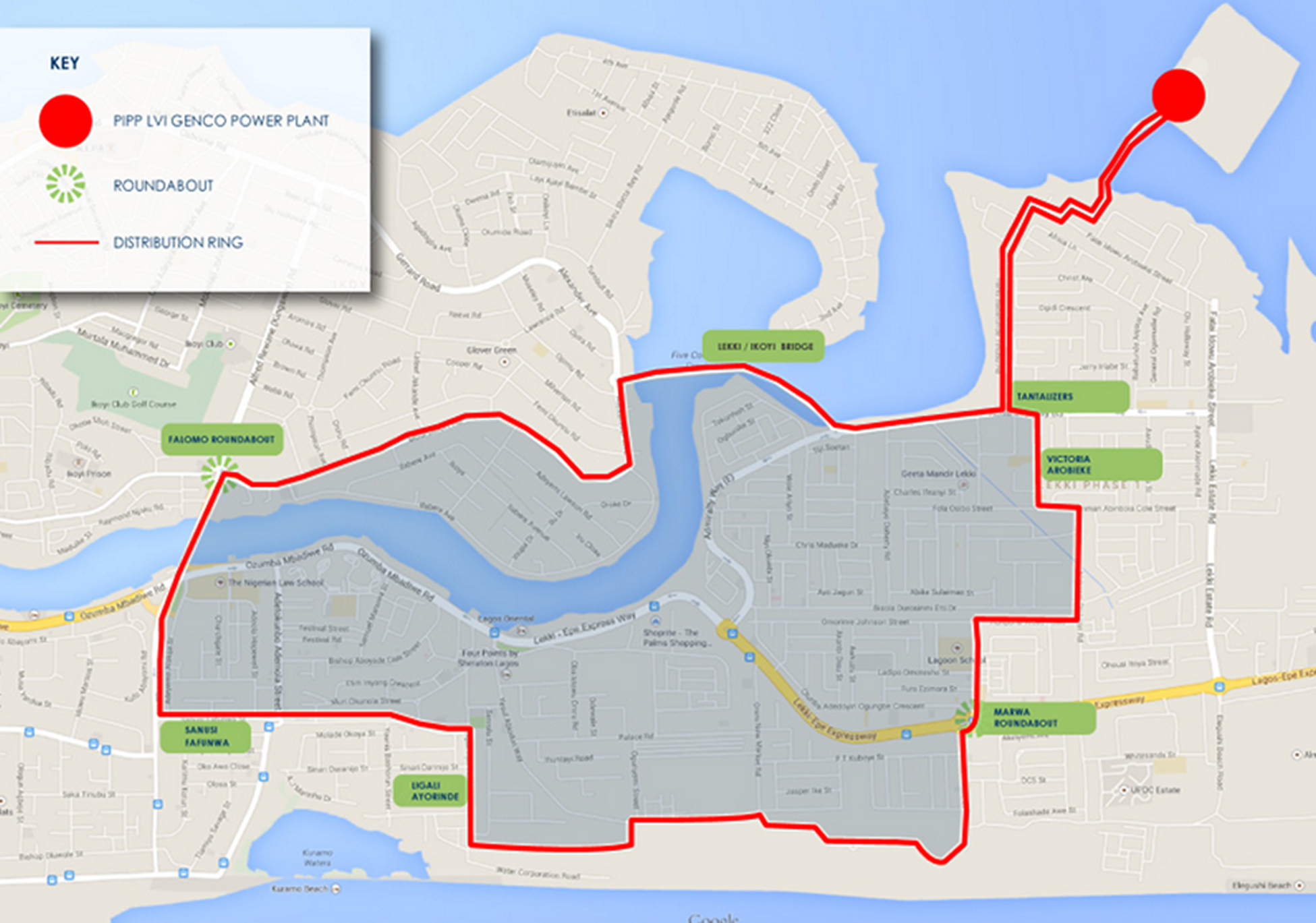In a country in which the national power grid is dominated by electricity generated from gas-fired power plants, one can expect gas-driven grids to be a norm. How about gas mini grids? How common are they in Nigeria? What are they typically like and under what arrangements are they being run? This article provides a peep into the nascent, yet growing world of gas mini grids in Nigeria.
A mini grid is a set of electricity generators interconnected to a distribution network that supplies electricity to a localized group of customers. Mini grids can also be referred to as micro grids or isolated grids.
In Nigeria, a country where barely 4,000 MW of power is to be shared by over 160 million people – a growing population that is estimated to require almost 200,000 MW in 2030 – gas has indeed been a major source of fuel powering many of the now trending mini-grids in the country, found mainly in the urban centres of big metropolises such as Lagos city. These are the gas mini grids of Nigeria.
Gas mini grids are thermal power generation systems that work with gas combusting engines similar to those in large scale gas power stations feeding into the national grid (such as the Egbin and Sapele power stations in Lagos and Delta States). The only difference however is that these gas mini-grids are done on a much smaller scale dedicated to meet the energy needs of a community, a factory or an industrial cluster. In fact, they are often relatively so small, that they typically lack access to the national gas pipeline grid. Unlike Egbin and Sapele which are taking huge volumes of gas through the Escravos-Lagos Pipeline System for instance, gas mini grids are supplied gas via trucks or localized, smaller pipeline systems owned by private companies.
One factor is principally responsible for the rise of mini gas grids in Nigeria. This is the shortage of energy supply in urban centres which have access to, and ought to have been adequately served by, the national grid. Although the complete lack of access to the national power grid by thousands of rural communities may also have triggered gas mini grids, the relatively greater technical and economic viability of other alternative energy sources such as solar have made new and proposed rural electrification projects in the country to focus more on renewable energies (GIZ, 2015).
As such, the vast majority of gas mini-grid developments in Nigeria have concentrated more in the urban areas, to which gas can be more viably supplied. In fact, a look at Nigerian gas mini grids shows that most of these have been deployed in the southern cities, and particularly Lagos, where electricity buyers/consumers, whether residential, commercial, or public consumers, are more readily available to pay for the energy. Truly, these market forces of supply, demand and purchasing power have concentrated the country’s gas mini grids to the urban areas.
A classic case is the Lekki PIPP (Peninsula Integrated Power Project). PIPP is a generation company whose power plant is located in Lekki, Lagos. Its mini grid covers a 22 km dedicated distribution network (called its distribution ring) which cuts across various locations in the Lekki, Victoria Island and Ikoyi areas of Lagos State.
The power plant uses reciprocating engines which are fired by compressed natural gas (CNG) which is trucked from GasLink Nigeria Ltd’s depot in Lagos. This way, the PIPP is known to have a steady supply of gas via a Gas Purchase Agreement with GasLink. The power plant project emerged in 2014 as a public private partnership (PPP) between the Lagos State government (LASG) and Peninsula Integrated Power Ltd. Although PIPP GenCo supplies power to LASG-owned public water and lighting facilities within Ikoyi, Victoria Island and Lekki, power is also available to private, commercial off-takers such as residential estates and businesses within these areas.

The Lekki PIPP gas-driven mini grid (Source: http://www.pipp.ng/content/plant)
Since the plant runs on its dedicated engines (with a reliable gas supply arrangement) and runs its own grid which bypasses the nearby Eko DisCo segment of the national grid, PIPP guarantees its consumers of undisrupted power. On to the company’s website, it is claimed: “we can guarantee that our customers will experience no more than 24hrs of power outage in 365 days (1 year). This is backed by our Power Purchase Agreement.”
Similar examples (also in Lagos) include the Mainland Power Project in Ikeja and the Island Power Project in Marina. While the Mainland Power Project runs on natural gas piped via GasLink’s existing pipeline grid and powers government facilities in Ikeja, the Island Power Project powers LASG facilities and buildings on the Island and covers a distribution network of about 57 km. Others include Akute Power Limited and Alausa Power Limited, both of which are PPPs between LASG and Oando Nigeria Plc. Although a few other examples of PPP gas mini grids exist in Lagos, hardly do other cases come to mind in other parts of the country.
What differentiates these mini grids from the other similar mini-scale gas-to-power projects such as the AES Power Barge near Egbin in Ikorodu, Lagos, is that unlike AES, these gas mini grids do not have their power injected to the national grid as feed-in. Although large private companies often power their estates with mini grids running on gas, there are currently no known cases of fully independent gas mini grids without the government as a major offtaker (as in the Lagos state cases highlighted above). This is very likely due to the size of capital and operational costs needed to run such energy ventures. Providing the right regulatory frameworks exist, the reliability and independence of these gas mini grids truly makes for a desirable path for creating reliable and competitive power generation and distribution markets in the country.
Links/References: N/A




